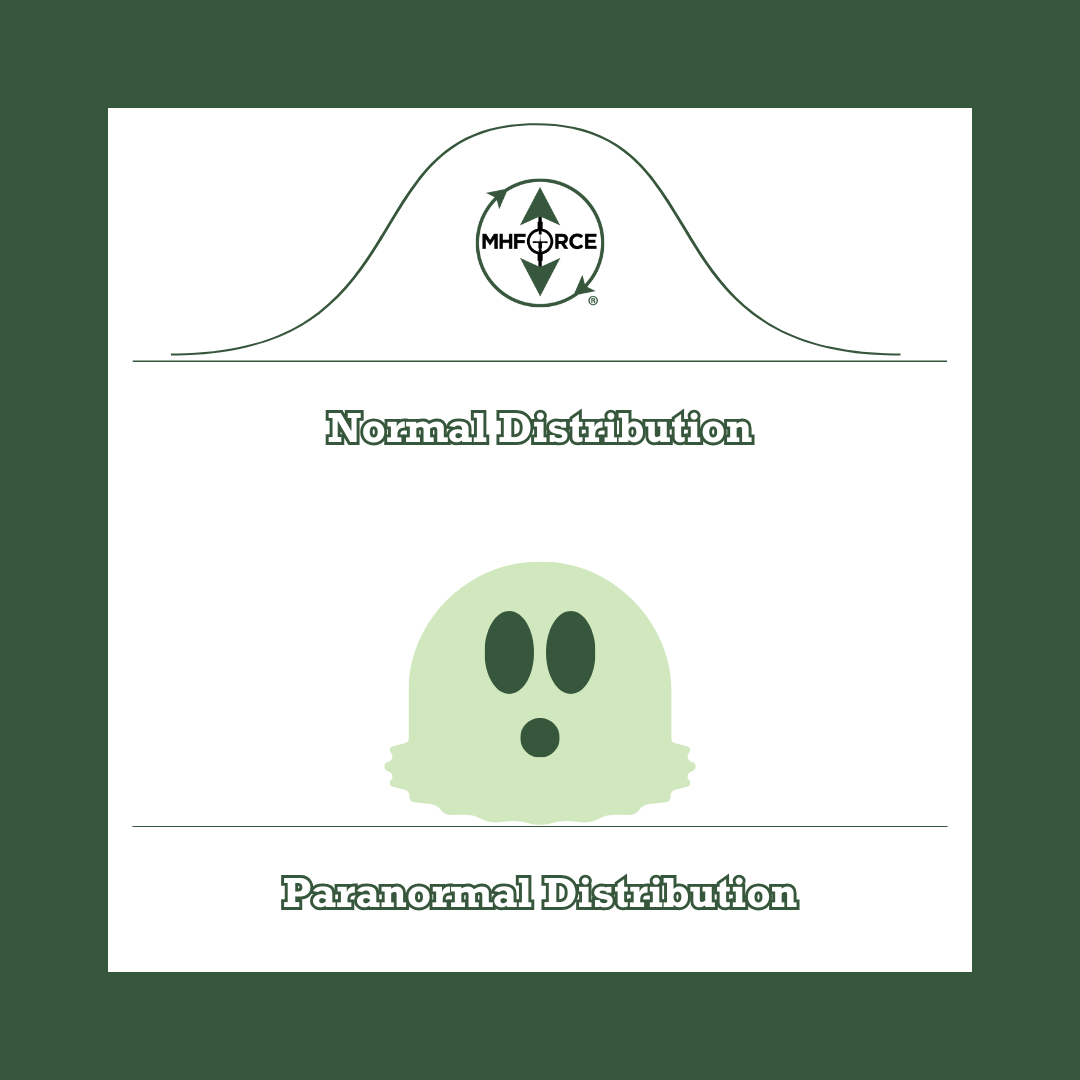Understanding the Normal Distribution

The normal distribution, sometimes called the bell curve or Gaussian distribution, is one of the most important concepts in statistics. It describes how values of a variable are spread, and it often appears in nature, science, and everyday life.
What is the Normal Distribution?
At its core, the normal distribution is a probability distribution that is symmetric about its mean. Most of the data points cluster around the central value, while fewer and fewer occur as you move farther from the mean. This creates the familiar bell-shaped curve.
Key characteristics include:
- Mean (μ): The center point of the distribution.
- Standard Deviation (σ): A measure of how spread out the data is. Smaller σ means the curve is narrower; larger σ means it’s wider.
- Symmetry: The left and right sides of the curve are mirror images.
Why is it Important?
The normal distribution is so useful because:
- Many real-world phenomena follow it. Human heights, measurement errors, and IQ scores are just a few examples.
- It underpins statistical methods. Techniques like confidence intervals, hypothesis testing, and regression often assume normality.
- The 68-95-99.7 Rule. About 68% of data lies within 1σ of the mean, 95% within 2σ, and 99.7% within 3σ. This makes it easy to estimate probabilities.
Metrology Specific Examples of the Normal Distribution
1. Calibration of Measuring Instruments
When a micrometer or pressure gauge is calibrated, repeated readings of a stable reference standard are taken. These repeated measurements typically scatter around the true value in a way that follows a normal distribution.
- The mean value gives the best estimate of the true measurement.
- The spread (standard deviation) quantifies the repeatability uncertainty.
2. Environmental Monitoring
In a controlled laboratory, parameters like temperature or humidity are monitored. Small, random fluctuations in these quantities often follow a normal distribution around the setpoint.
- Example: A lab maintained at 20 °C might show a bell-shaped variation between 19.8 °C and 20.2 °C.
3. Gauge Repeatability and Reproducibility (Gage R&R) Studies
In metrology quality control, repeated measurements of a part by different operators and instruments are analyzed. The resulting spread of data often approximates a normal distribution, allowing analysts to separate repeatability error from reproducibility error.
4. Weighing and Mass Standards
When repeatedly weighing a 100 g calibration mass, the balance will not give exactly the same reading every time. Instead, results like 100.002 g, 99.999 g, 100.001 g form a normal distribution around the true mass.
5. Uncertainty Budgets
When building an uncertainty budget (per ISO/IEC Guide 98-3, the “GUM”), contributors such as repeatability, reference standards, or drift are often modeled as normal distributions. These uncertainties are then combined statistically.
Final Thoughts
The normal distribution is more than just a neat mathematical curve—it’s a practical tool that helps us understand uncertainty, variation, and probability in the world around us. Whether you’re analyzing scientific data or making everyday decisions, chances are the bell curve plays a role behind the scenes.
More Information about Morehouse
We believe in changing how people think about Force and Torque calibration in everything we do, including discussions on force calibration procedures.
This includes setting expectations and challenging the "just calibrate it" mentality by educating our customers on what matters and what may cause significant errors.
We focus on reducing these errors and making our products simple and user-friendly.
This means your instruments will pass calibration more often and produce more precise measurements, giving you the confidence to focus on your business.
Companies around the globe rely on Morehouse for accuracy and speed.
Our measurement uncertainties are 10-50 times lower than the competition, providing you with more accuracy and precision in force measurement.
We are a calibration provider that can turn around your equipment in 7-10 business days so you can return to work quickly and save money.
When you choose Morehouse, you're not just paying for a calibration service or a load cell.
You're investing in peace of mind, knowing your equipment is calibrated accurately and on time.
Through Great People, Great Leaders, and Great Equipment, we empower organizations to make Better Measurements that enhance quality, reduce risk, and drive innovation.
With over a century of experience, we're committed to raising industry standards, fostering collaboration, and delivering exceptional calibration solutions that build a safer, more accurate future.
Contact Morehouse at info@mhforce.com to learn more about our calibration services and load cell products.
Email us if you ever want to chat or have questions about a blog.
We love talking about this stuff. We have many more topics other than expressing SI units!
Our YouTube channel has videos on various force and torque calibration topics here.


